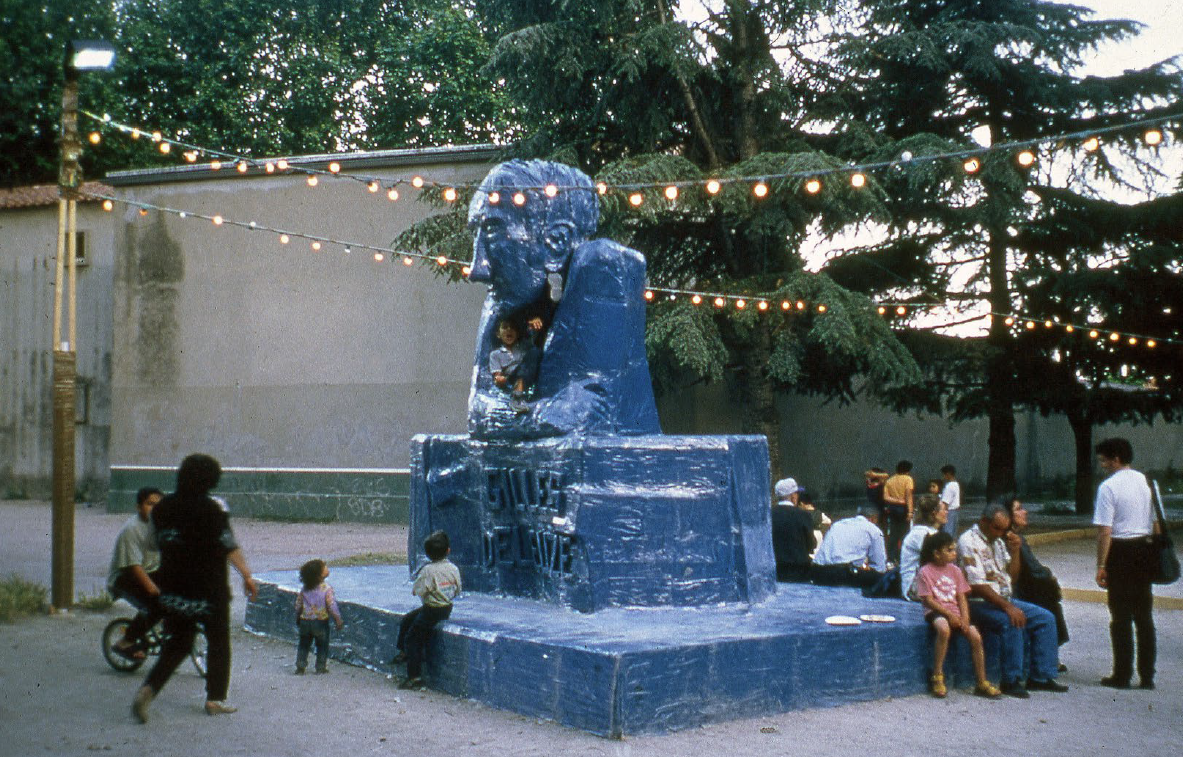
While art history provides insights into cultural practices of the past, it also enables activists to learn from those practices when developing political interventions for the present. My interest in art history directly relates to my commitment to social justice, because art history can provide important critical insights into politics and society. Art defines and represents social constructions, but it can also deconstruct them. While I am interested in the art of the past, I am especially fascinated by the ways in which contemporary art contests oppressive ideologies. The work of artists such as Cindy Sherman, Adrian Piper, Carrie Mae Weems, Coco Fusco, and Nam June Paik underscores the idea that the past informs the present and can be used to imagine better futures.
Another artist in point is Thomas Hirschhorn, who creates kiosks and other interactive works using reusable and ephemeral materials, and who completely gives ownership of the work to the communities in which they are placed. Hirschhorn crafts monuments that are meant to challenge elitist and exclusionary systems and practices upheld by museums and galleries, and thus our society. For example, Hirschhorn’s Deleuze Monument (2000) was a site-specific work that consisted of a sculpture, an altar, and a library, all dedicated to philosopher Gilles Deleuze. Rather than something bought and sold by affluent people, or kept in spaces that are inaccessible, his work was made from inexpensive materials and entirely accessible to the community in which it was found. Deleuze Monument challenged dominant perceptions of art and rejected the exclusionary, biased systems that often control artistic production.
